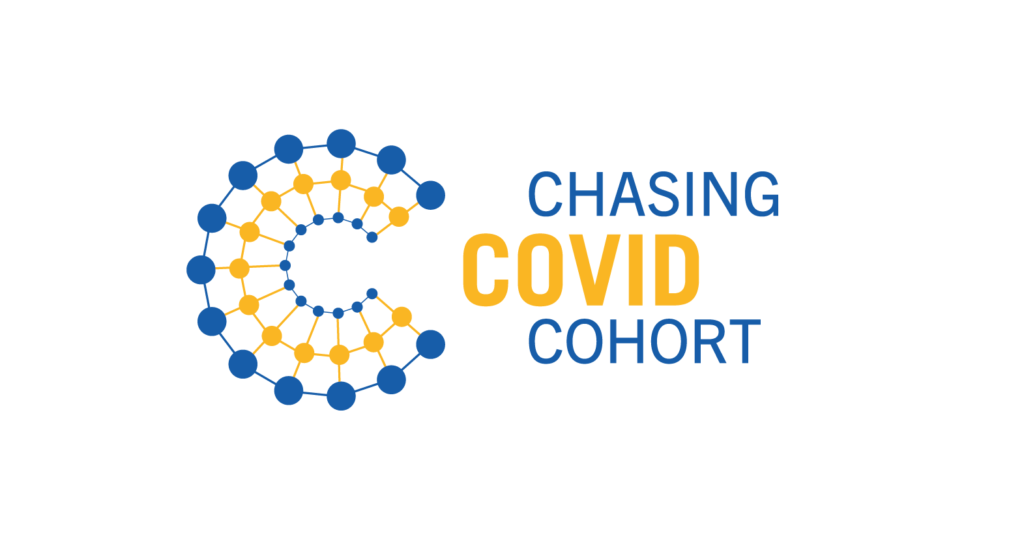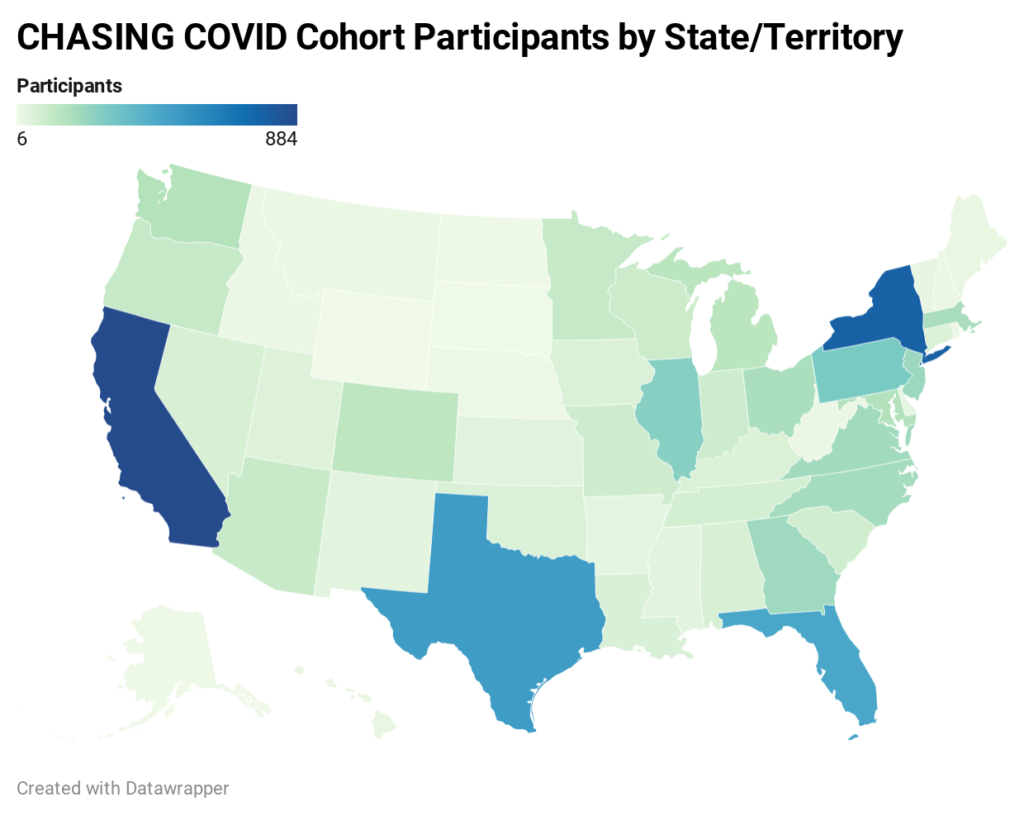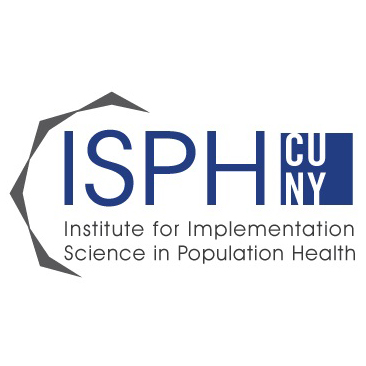Our research study, “Communities, Households and SARS-CoV-2 Epidemiology (CHASING) COVID,” is designed to help contribute to our understanding of this pandemic, how it is affecting households across America, how it is spreading, and whether our efforts to slow the spread are working. It is being conducted by researchers at the City University of New York Institute for Implementation Science in Population Health (CUNY ISPH) to understand more about the spread of novel Coronavirus and to inform and evaluate the national response.
Who is running the study?
This study is led by infectious disease epidemiologists and other researchers at the CUNY Institute for Implementation Science in Population Health and the CUNY School of Public Health.
View details of the project, related publications, and the study team here.

View a video describing some of the major study findings and information about our upcoming study extension below.
Study Materials and Resources
- Baseline survey questions | March – April, 2020
- Follow-up 1 survey questions | April – July, 2020
- Follow-up 2 survey questions | July – September, 2020
- Follow-up 3 survey questions | October – November, 2020
- Follow-up 4 survey questions | November, 2020
- Follow-up 5 survey questions | December, 2020
- Follow-up 6 survey questions | February, 2021
- Follow-up 6.1 survey questions | March – April, 2021
- Follow-up 6.2 survey questions | April – May, 2021
- Follow-up 7 survey questions | May – June, 2021
- Follow-up 7.1 survey questions | June – July, 2021
- Follow-up 8 survey questions | September, 2021
- Follow-up 9 survey questions | December, 2021
- Follow-up 9.1 survey questions | January, 2022
- Follow-up 10 survey questions | March, 2022
- Follow-up 11 survey questions | June, 2022
- Follow-up 12 survey questions | October, 2022
- Follow-up 13 survey questions | December, 2022
- Follow-up 14 survey questions | April, 2023
- Follow-up 15 survey questions | June, 2023
- Follow-up 16 survey questions | September, 2023
- Follow-up 17 survey questions | November – December, 2023
- Specimen collection tips
- Specimen collection demo video
- Parent study survey questions
- Questions? Please email us at [email protected]


